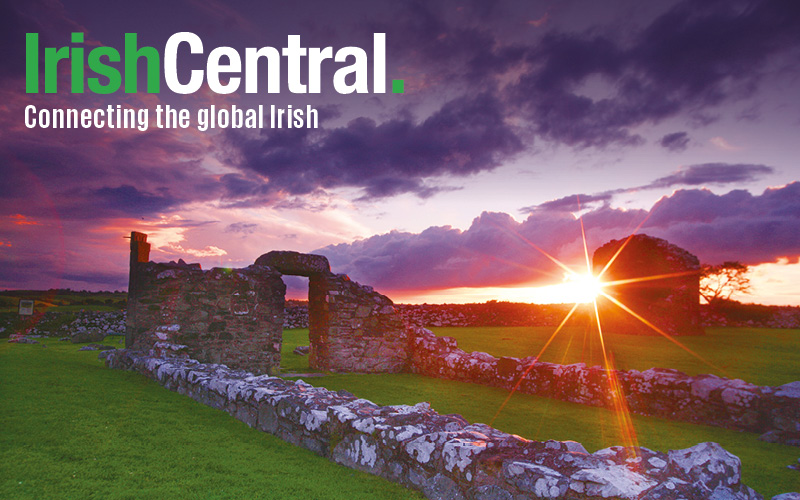In April 1849, a ship carrying Irish immigrants hit an iceberg in the Gulf of St. Lawrence.
Some 120 Irish immigrants clung to a bit of frozen salvation, desperately cold in their nightclothes after almost 18 hours on the ice that April night in 1849.
The boat bringing them to the promise of a new life had sailed from Newry, County Down on April 2 and until April 17, according to newspaper accounts of the day, the passage had been fine.
The 200 passengers were mostly from the Forkhill area of Co. Armagh.
But the brig Hannah failed to skirt the pack ice on the harsh gulf. Its hull was crushed by an iceberg. Passengers, jolted from their sleep, were bruised and cut in the scramble off the ship. Others perished in the chilling waters, unable to gain the ice, or were lost in rescue attempts.
Almost 160 years later, the Montreal documentary maker Gala Films is hoping to include this remarkable incident in its survey of the Irish famine migration to Canada. It is seeking descendants of those who survived the sinking of the Hannah.
One of those descendants, Paddy Murphy, says the incident is laced with both cowardice and courage. He notes accounts of the day which reported that the Hannah crew and captain had departed in a lifeboat, leaving the boat’s passengers exposed to the elements. All would have died had Captain Marshall of the Nicarague not made his ship fast to the iceberg at great risk to himself and his crew.
“‘No pen can describe the pitiable situation of the poor creatures,” Marshall reported to the Armagh Guardian on June 4, 1849. “They were all but naked, cut and bruised and frost-bitten. There were parents who had lost their children, children with loss of parents. Many, in fact, were perfectly insensible.”
Three other ships also pitched in to bring survivors through the ice floes to Grosse Ile, the immigrant quarantine station in the St. Lawrence River.
Paddy Murphy’s great-great-grandparents John Murphy and his wife Bridget (McParland) had already endured tragedy before setting out for Quebec in April, 1849. In January of that year, their house had burned down and one of their children had died in the blaze.
On the Hannah they had four of their children, and the two eldest were lost.
“The children went into the water and John went in after them. The story in our family is that his hands were so badly frozen he couldn’t handle the rope he’d taken to try to pull them to safety. He held the rope in his mouth in the hope he’d find them and they could grab on. But he couldn’t save them. He lost all his teeth as a result,” Paddy recounts.
“Rose, who was approximately three years old, fell in the water and was rescued but did not speak for years because of the shock. Bernard, ‘Barney,’ aged two, also fell in the water but was pulled to safety by the wife of Henry Grant who thought he was one of her own children.”
It was Barney’s son, Mike, who recounted the incident to Paddy on the occasion of Paddy’s marriage to his wife Jane, in the summer of 1962.
“Grandfather Mike was delighted at the marriage because Jane’s maternal great-great-grandfather Michael Coburn came from the same area in Forkhill, County Armagh as the Murphys. He said we were two old Irish families uniting. Michael Coburn had left Ireland in 1848, a year before the Hannah disaster, and Grandfather Mike, whose mother, Ellen Bennett, was also from Forkhill, told us about John Murphy coming over on a ship that hit an iceberg, the many lives lost, and his father who was saved from the water.”
Paddy, who grew up in the township of North Crosby, south of Ottawa, where many of the Hannah survivors settled to farm, went on to conduct his own research into the shipwreck, and his findings later became the basis of a book called A Famine Link: The Hannah, South Armagh to Ontario.
The authors, Kevin Murphy and Una Walsh, are members of the Mullaghbawn Community Centre in Forkhill, South Armagh. Clearly the story of the Hannah is a stirring tale that speaks to the times and to the Irish in Quebec. It is estimated up to 40 percent of the province’s citizens have Irish blood.




Comments